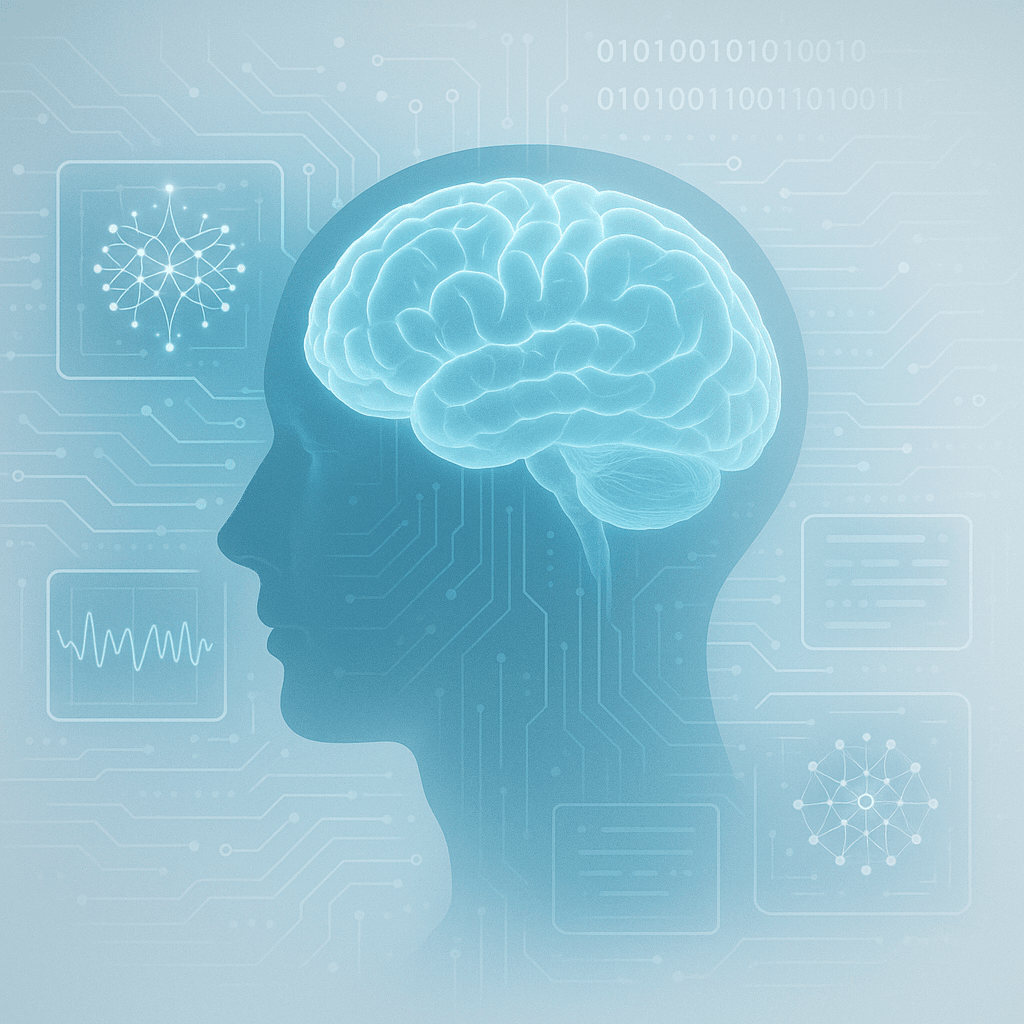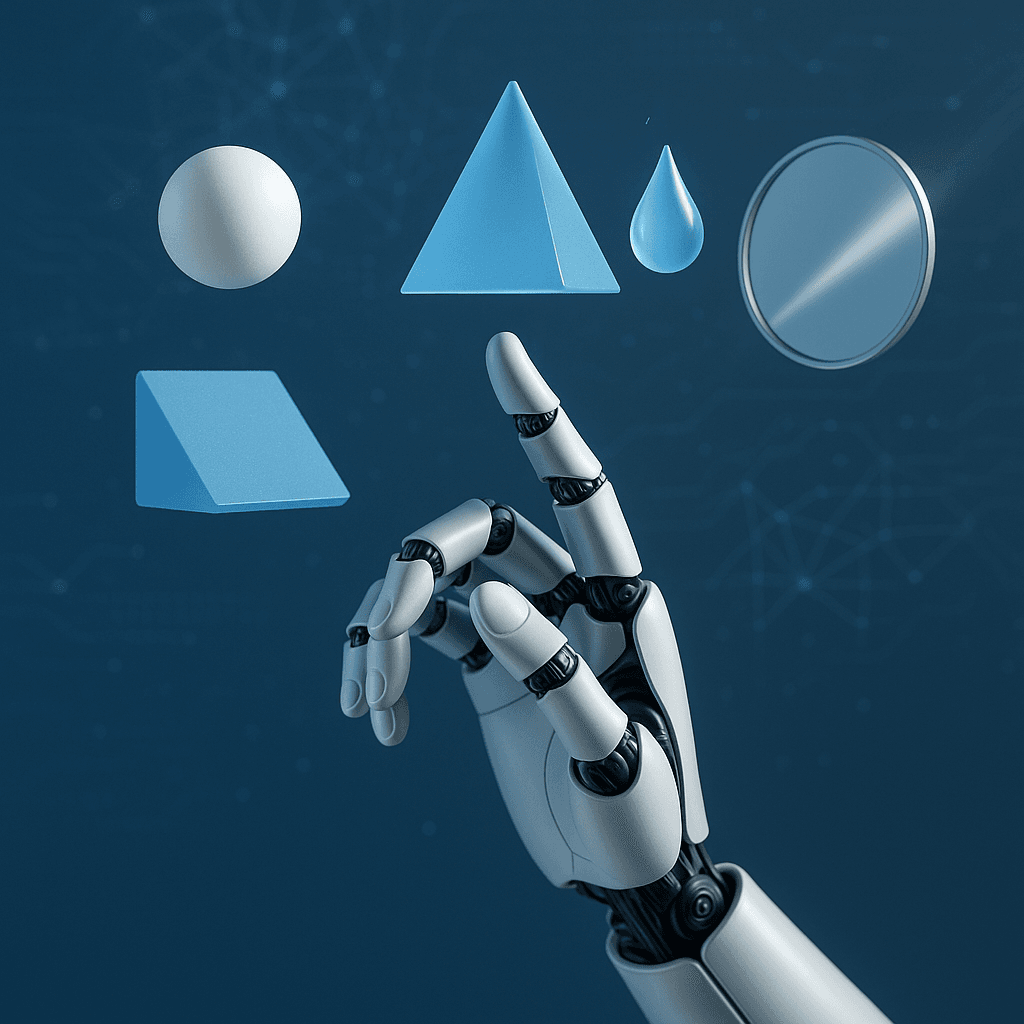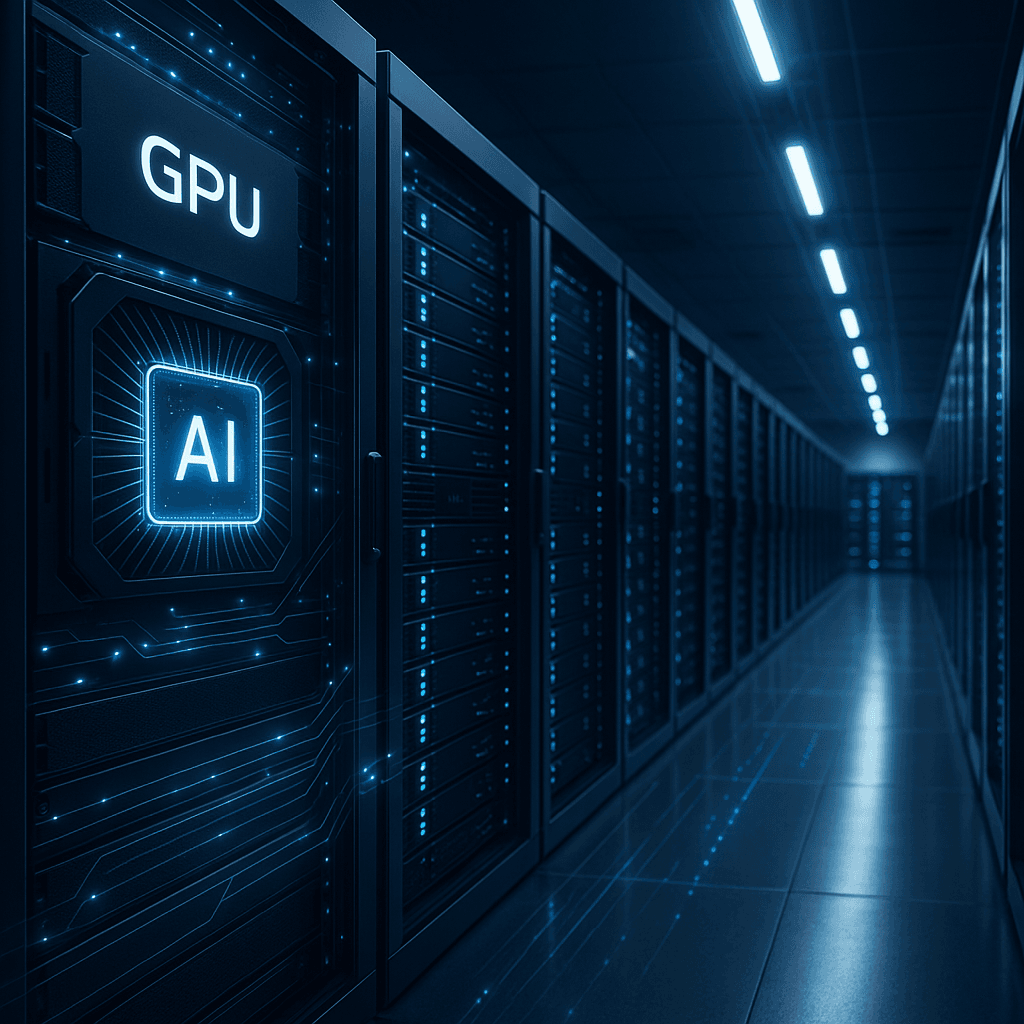IBM and NASA just unveiled Surya, an AI-powered digital twin of the Sun that predicts solar flares with 16% greater accuracy and doubles current warning times from one to two hours. The breakthrough could protect Earth's critical infrastructure from space weather disasters that threaten everything from GPS to power grids.
IBM and NASA just dropped a game-changing AI model that could be the difference between a routine solar storm and a civilization-threatening blackout. The tech giants announced Surya on August 20, a foundation model that creates the first true digital twin of our Sun, trained on nine years of high-resolution solar data captured every 12 seconds since 2010.
The timing couldn't be more critical. Solar activity is ramping up toward its 11-year peak, and a major solar storm could cripple global telecommunications, collapse electrical grids, and knock out GPS navigation systems that modern society depends on. Current prediction models give us just one hour's warning before a solar flare hits Earth. Surya doubles that to two hours – potentially enough time to shut down vulnerable systems and prevent catastrophic damage.
"We want to give Earth the longest lead time possible," Andrés Muñoz-Jaramillo, lead scientist at Southwest Research Institute, told researchers. His team fed Surya massive datasets from NASA's Solar Dynamics Observatory, which captures the Sun across multiple electromagnetic wavelengths and measures its magnetic field with unprecedented precision.
The breakthrough lies in Surya's architecture. Unlike traditional algorithms that need extensively labeled training data, this foundation model learns directly from raw solar observations. IBM researchers employed a long-range vision transformer – the same AI technology powering advanced image recognition – to identify complex relationships across the Sun's surface regardless of distance between solar features.
During testing, Surya proved remarkably versatile, integrating data from NASA's Parker Solar Probe and the Solar and Heliospheric Observatory. The model doesn't just predict flares; it forecasts solar wind speeds and adapts to multiple observation instruments without requiring separate training for each data source.
"By developing a foundation model trained on NASA's heliophysics data, we're making it easier to analyze the complexities of the sun's behavior with unprecedented speed and precision," , NASA's director of data science, said in a statement. The model processes information 50% faster than current systems while achieving that 16% accuracy improvement.












